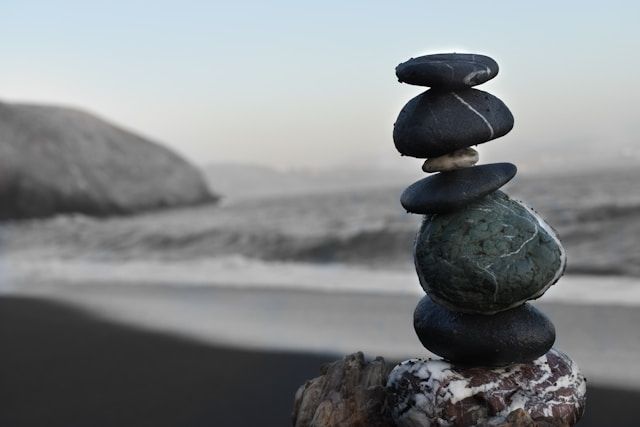.svg)


The demands of modern-day living create an illusion that there is no extra time in the day to just simply ‘be’. To add to the challenge, many of us may be unsure what it even means ‘to be’. This is where meditation comes into play.
The term ‘meditation’ stems from the Latin word meditatum meaning ‘to ponder’ and is believed to have originated in India several thousand years ago in 3000 BCE. Since then, meditation has been adopted by every country in the world and forms part of many religions. But what exactly is meditation and what does it mean to meditate?
While there is agreement that meditation is an umbrella term describing hundreds of diverse practices, there is no consensus on a single phrase used to define ‘meditation’. In fact, the lack of consensus for a universal definition has already been acknowledged for more than 5 decades! Considering that there are more than 309 different meditation techniques practised around the world, it’s no surprise that deciding on one definition is a little tricky!
While the Oxford dictionary defines meditation as “the practice of focusing your mind in silence, especially for religious reasons or in order to make your mind calm”, a 1971 definition of meditation describes it as “a technique that seems to restrict awareness to a single, unchanging source of stimulation for a definite period of time”.
Despite countless definitions available, one theme is common: the practice of meditation revolves around enhancing the connection between body and mind.
Meditation is a skill, and like any other, requires patience, practice and persistence. With several techniques available, it is normal to feel uncertain when wanting to start. To make the process a little easier, we’ve outlined 4 meditation basics below:
Step 1: Choose a “when” and “where”.
Prioritise some time and find a comfortable place with minimal noise and distractions where you can practise meditation every day.
Step 2: Decide how much time to dedicate each day.
Begin with a few minutes and slowly build up until an achievable goal time is reached. Aim for quality over quantity.
Step 3: Maintain a comfortable position.
For beginners, we recommend sitting with a straight back, legs and arms uncrossed with your hands resting either gently on your lap or by your side, and your feet flat on the floor.
Step 4: Decide to practise meditation in a guided or unguided manner.
Guided meditation is led by a teacher or audio recordings. You may want to start with guided meditation until you are comfortable practising on your own.
With some dedication and persistence, you’ll be well on your way to a more stress-proof, self-aware and creative you.
“The true essence of meditation helps individuals change from a full mind to being more mindful”.